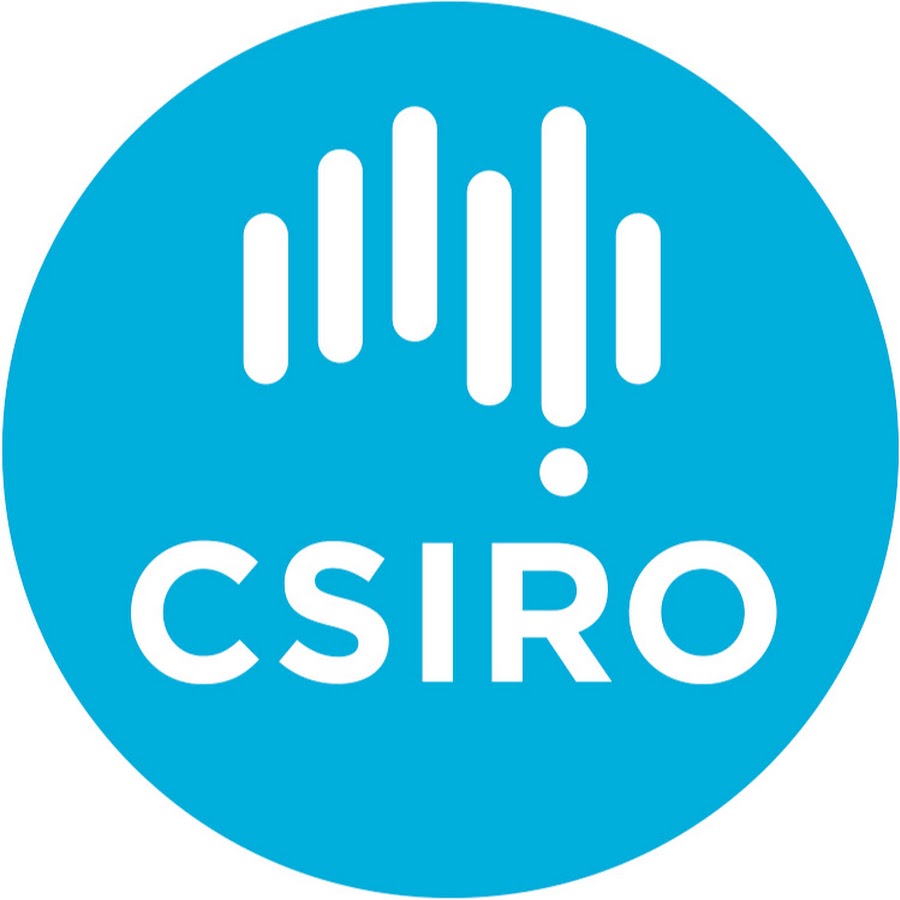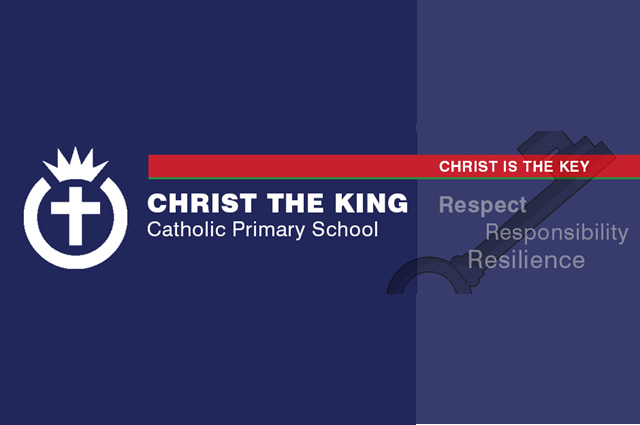Implement your plan
When implementing a whole school Digital Technologies plan many schools have found that to ‘Start small and build on successes’ is an advisable and recommended approach.
Promote and communicate your plan with your parents and school community. Organise parent evenings, articles in newsletters or local newspapers. Ask for class helpers from the parent community. Use these events and opportunities to explain the why, the how and what Digital Technologies is being covered by the school.
View this video Overview of implementation, which describes a Taroona Primary school's approach to implementing Digital Technologies. Find out what the key messages learned as part of the process.
View some examples of whole school plans as explained by the teachers who lead the initiatives. These may help to identify stages and worthwhile approaches that can be applicable to your school context.
Consider the following questions:
- Who will lead this model? How will the curriculum be developed?
- How might this model evolve?
- Will this be short-term whilst you work to understand the implications for teaching and learning at your site? If so, for how long?
- How will your share the successes from this program with other teachers who may benefit from this curriculum in their own teaching and learning context?
Consider the following questions:
- How will you provide collaboration and planning time for year level groups of teachers or between those with different areas of expertise?
- Who will lead the planning and implementation of this integrated model, ensuring that the curriculum and associated assessment is being mapped across the bands?
Explore the DT-Hub’s Scope and sequence of programs F-10.
Are there people from within your community who can support the implementation of this curriculum in the initial stages?
Are there people from outside your community who can support the implementation of this curriculum?
Think broadly about relevant partnerships as well as parents and local community links you could also consider academic, jurisdictional and sectoral links, local industries and larger corporations, defense and other Government organisations.

Contact CSIRO STEM Professionals in Schools to explore possible partnerships. STEM Professionals in Schools is a national volunteer program that facilitates partnerships between schools and industry to bring real STEM (Science, Technology, Engineering and Maths) into the classroom.

Here’s an example of what Callahan College achieved in partnership with the University of Newcastle during 2017-18. View the Callaghan College VR School Project.
A timeline will help you identify stages of implementation. These stages might include familiarisation, initial implementation, review and sharing, plan documentation, assessment, reporting and reflection/review and innovate.
Considerations may include:
- Will your implementation be phased? Will you focus on the whole curriculum or one or more concepts of the curriculum in the first phase?
- What will the implementation look like across the bands?
- How will students be assessed?
View this timeline from St James’ Catholic College, Tasmania a school in ACARA’s DTiF project. For further information about this school’s project view their school story.



